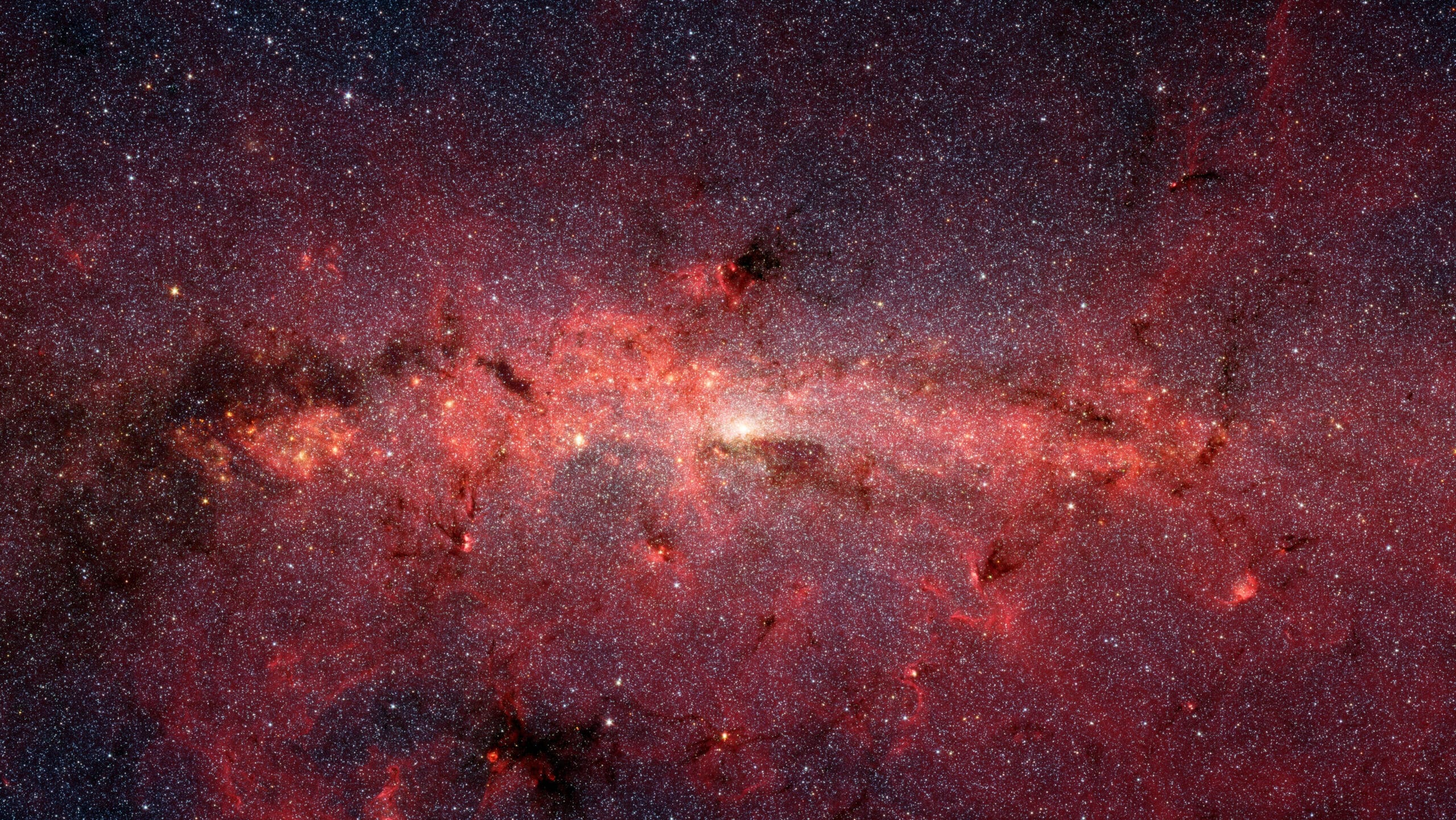2023-12-07 オークリッジ国立研究所(ORNL)
◆このアーマリング効果を克服する方法を模索し、炭素負荷エネルギーの目標を達成する可能性があります。これまでの研究では、マグネシウム酸化物と二酸化炭素の反応速度は計算に依存していたが、ORNLの研究では多年代の実験が初めて行われ、反応過程の理解が深まった。コンピュータシミュレーションは、反応層の進化と物質の移動を予測し、技術開発に貢献する。
<関連情報>
- https://www.ornl.gov/news/time-tested-magnesium-oxide-unveiling-co2-absorption-dynamics
- https://pubs.acs.org/doi/full/10.1021/acs.est.3c04690
MgOの不動態化層による装甲がCO2の直接空気捕集を妨げる Armoring of MgO by a Passivation Layer Impedes Direct Air Capture of CO2
Juliane Weber, Vitalii Starchenko, Ke Yuan, Lawrence M. Anovitz, Anton V. Ievlev, Raymond R. Unocic, Albina Y. Borisevich, Matthew G. Boebinger, and Andrew G. Stack
Environmental Science & Technology Published:September 22, 2023
DOI:https://doi.org/10.1021/acs.est.3c04690
Abstract

It has been proposed to use magnesium oxide (MgO) to separate carbon dioxide directly from the atmosphere at the gigaton level. We show experimental results on MgO single crystals reacting with the atmosphere for longer (decades) and shorter (days to months) periods with the goal of gauging reaction rates. Here, we find a substantial slowdown of an initially fast reaction as a result of mineral armoring by reaction products (surface passivation). In short-term experiments, we observe fast hydroxylation, carbonation, and formation of amorphous hydrated magnesium carbonate at early stages, leading to the formation of crystalline hydrated Mg carbonates. The preferential location of Mg carbonates along the atomic steps on the crystal surface of MgO indicates the importance of the reactive site density for carbonation kinetics. The analysis of 27-year-old single-crystal MgO samples demonstrates that the thickness of the reacted layer is limited to ∼1.5 μm on average, which is thinner than expected and indicates surface passivation. Thus, if MgO is to be employed for direct air capture of CO2, surface passivation must be circumvented.



